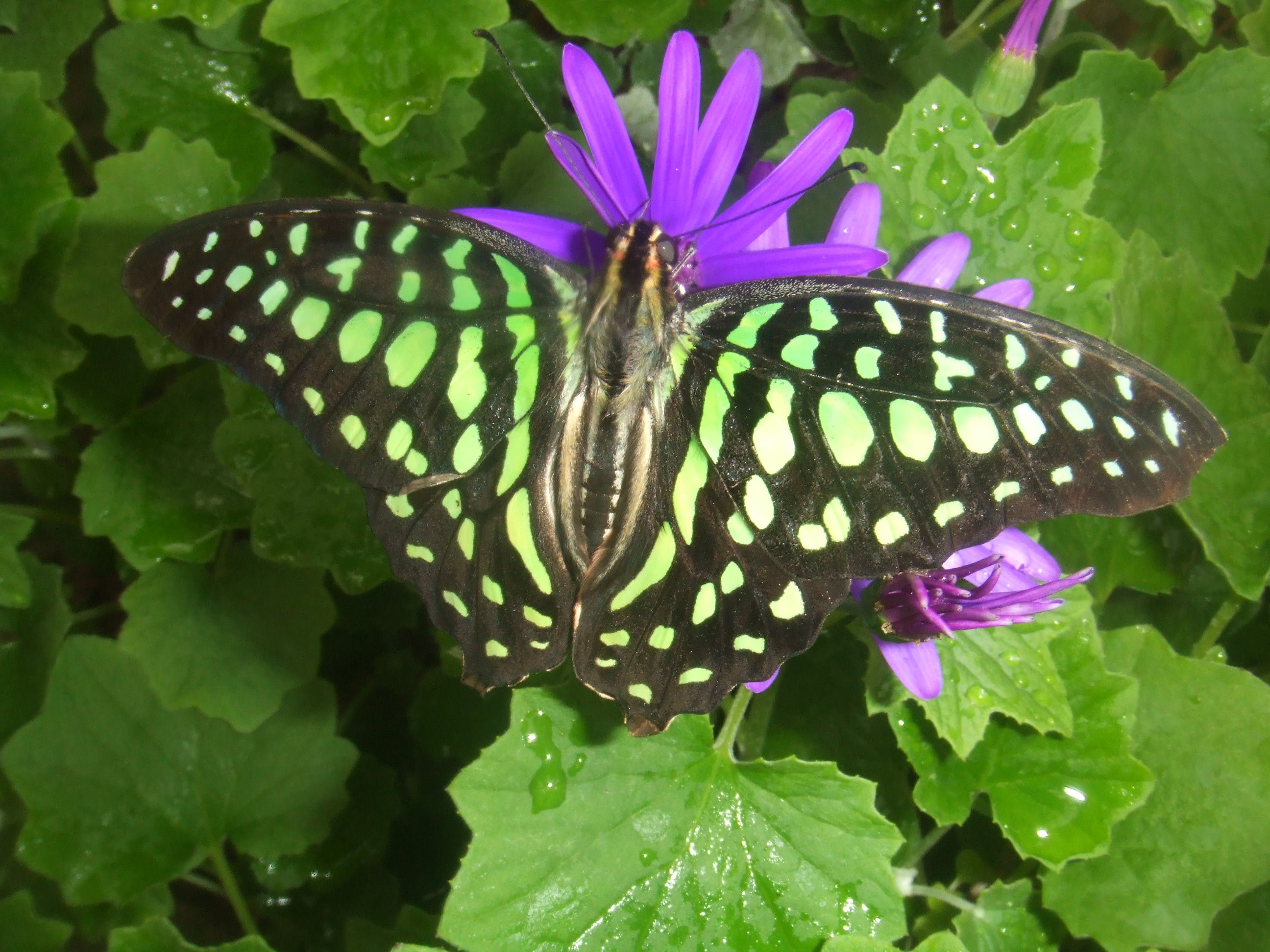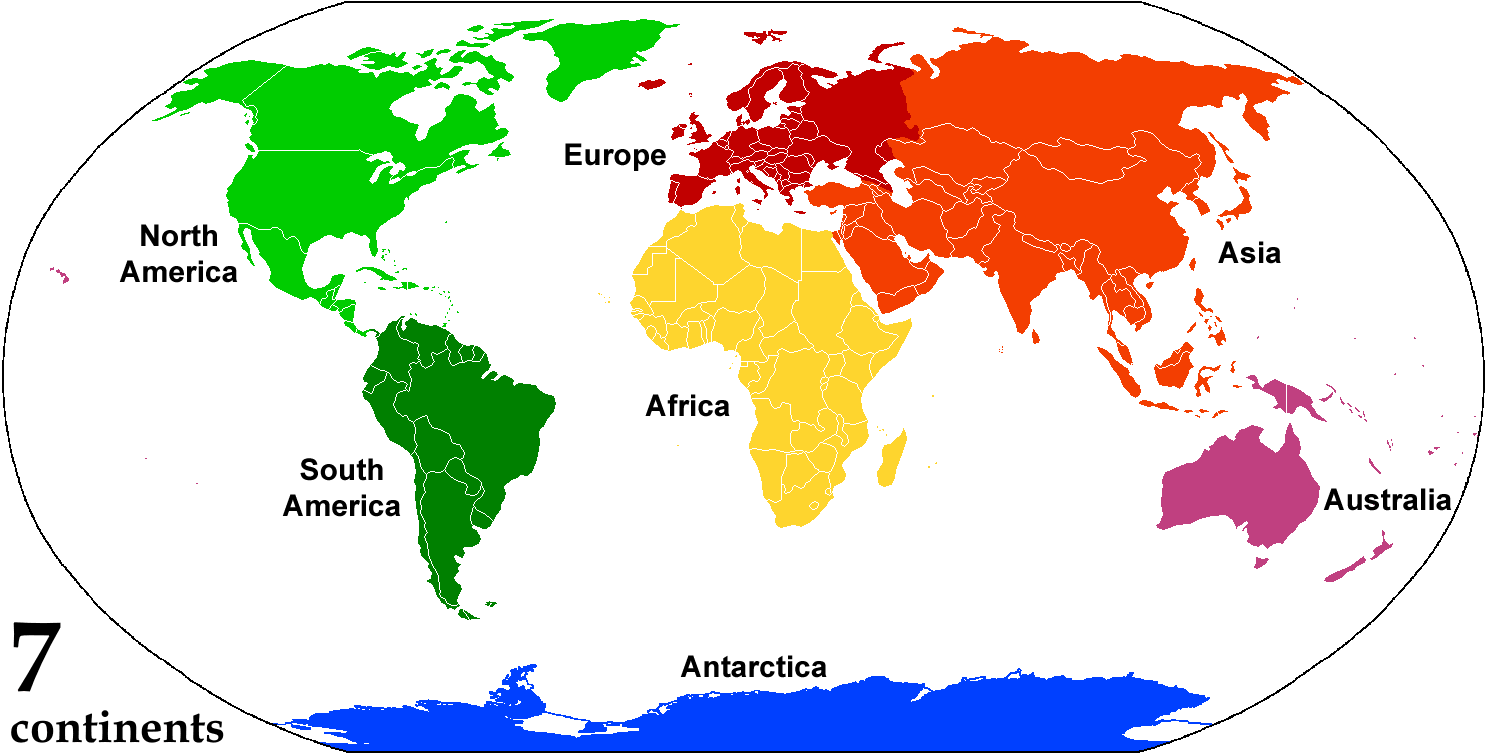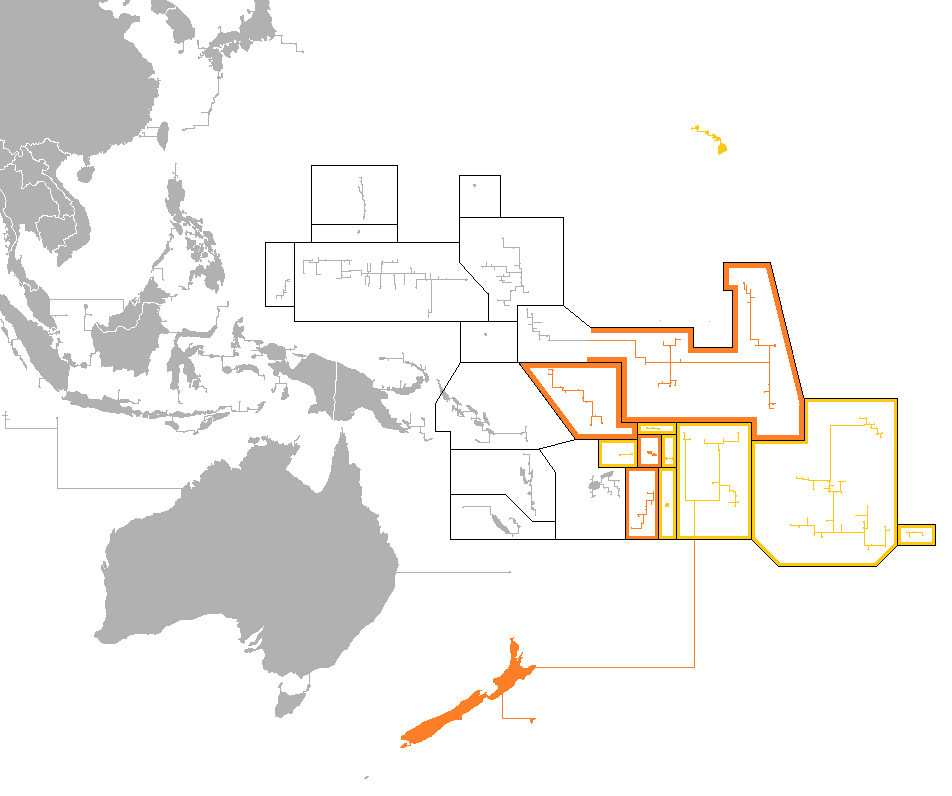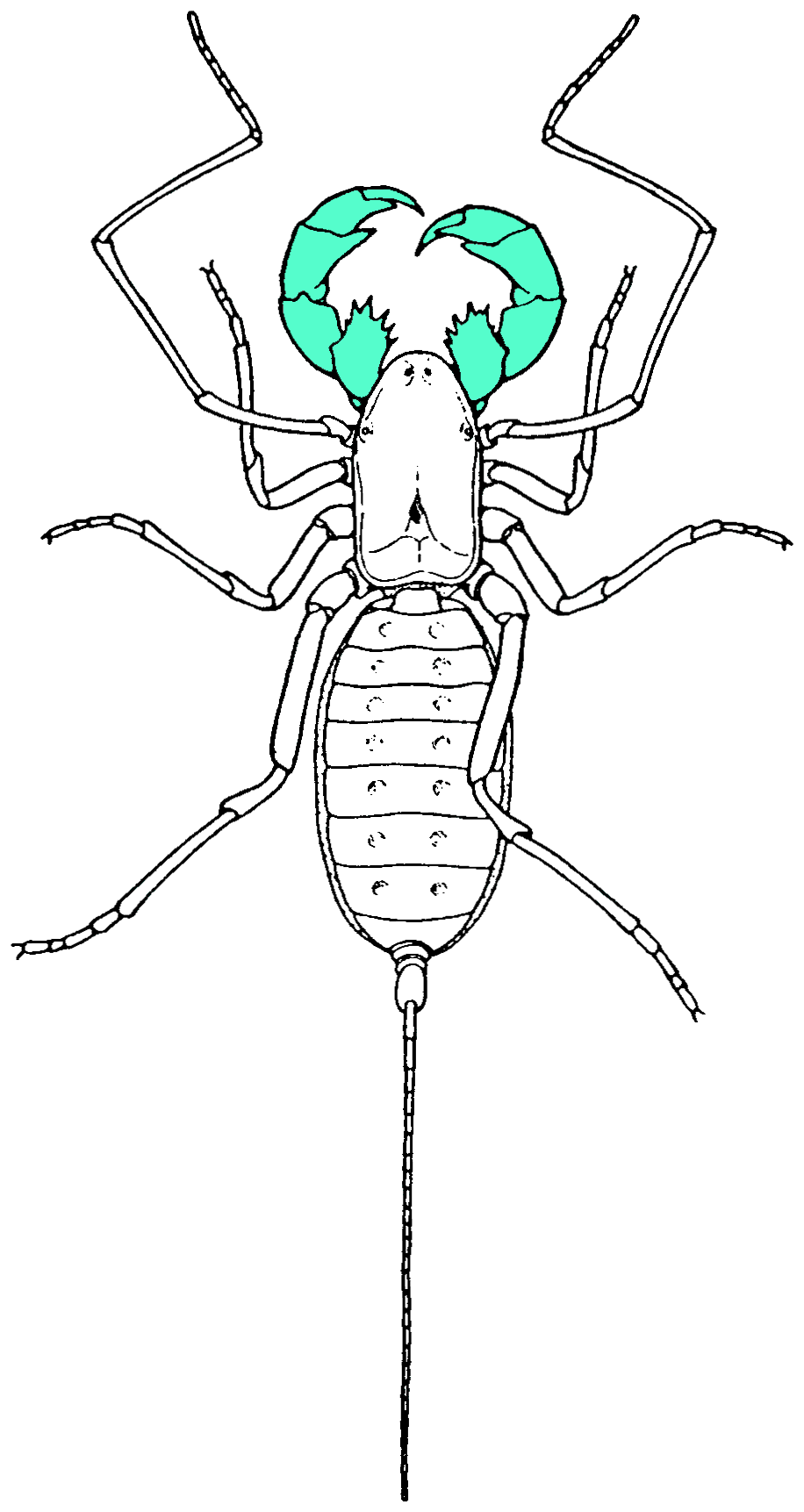|
Eudonia
''Eudonia'' is a large and widespread genus in the grass moth family (Crambidae), subfamily Scopariinae. There is no common name for the roughly 250 species placed here; new species are still being described regularly. Although the genus was proposed early in the 19th century, many of these moths were for a long time retained in '' Scoparia'', the type genus of the subfamily and a close relative of ''Eudonia''. A few small genera have been proposed for separation from ''Eudonia'', but given the size of this group this is not particularly convincing; thus, all are retained here pending a comprehensive phylogenetic review. Description and ecology They are usually greyish-brownish and rather inconspicuous moths, though some are more boldly patterned in blackish, pale and even yellow hues. Like their close relatives, they lack the loop formed by forewing veins 1a/1b, and their labial palps are elongated and project straightly, appearing like a pointed "beak". The genitals have a char ... [...More Info...] [...Related Items...] OR: [Wikipedia] [Google] [Baidu] |
Phalaena Mercurella
''Eudonia mercurella'' is a species of moth of the family Crambidae. It is found in Europe, western China, Iran, Lebanon, Turkey, and north-western Africa. Description The wingspan is . The forewings are dark black variously mixed with brown and with a darker band along the distal edge of the pale antemedian line. The pale postmedian line is usually distinct against the dark ground colour. A similar species is '' Eudonia lacustrata'', which differs from ''Eudonia mercurella'' by the broken wavy line that forms a broad white spot at the tip of the wing (apex). Another distinguishing feature of the females is the ventrodistal hump of the valvae. Furthermore, ''Eudonia mercurella'' resembles '' Eudonia speideli'' externally and pale specimens of '' Eudonia liebmani''. Behavior The moth flies from June to August depending on the location. The larvae feed on various mosses. Taxonomy ''Phalaena mercurella'' described by Zetterstedt Johan Wilhelm Zetterstedt (20 May 1785 â ... [...More Info...] [...Related Items...] OR: [Wikipedia] [Google] [Baidu] |
Eudonia Angustea
''Eudonia angustea'' is a moth of the family Crambidae described by John Curtis (entomologist), John Curtis in 1827. It is found in southern and western Europe, the Canary Islands, Madeira and Turkey. The wingspan is 17–22 mm.The forewings are narrow, whitish, mixed with brownish and sprinkled with black; base darker; lines whitish, dark-edged, first oblique, second sinuate; orbicular outlined with black; claviform black, touching first line; a black X-shaped discal mark, upper half filled with light brownish; subterminal line cloudy, whitish, hardly touching second. Hindwings are whitish-grey, terminally obscurely darker.The larva is blackish-grey, slightly greenish-tinged; spots darker or almost black; head pale brown; plate of 2 dark brown or almost black. Adults are on wing from July to late autumn. [...More Info...] [...Related Items...] OR: [Wikipedia] [Google] [Baidu] |
Lepidoptera In The 10th Edition Of Systema Naturae
In the 10th edition of ''Systema Naturae'', Carl Linnaeus classified the arthropods, including insects, arachnids and crustaceans, among his class "Insecta". Butterfly, Butterflies and moths were brought together under the name Lepidoptera. Linnaeus divided the group into three genera – ''Papilio'', ''Sphinx'' and ''Phalaena''. The first two, together with the seven subdivisions of the third, are now used as the basis for nine superfamily names: Papilionoidea, Sphingoidea, Bombycoidea, Noctuoidea, Geometroidea, Tortricoidea, Pyraloidea, Tineoidea and Alucitoidea. Themes When naming the nearly 200 species of butterflies known to him at the time, Linnaeus used names from classical mythology as specific name (zoology), specific names. These were thematically arranged into six groups, and were drawn from classical sources including the ''Fabulae'' of Gaius Julius Hyginus and Pliny the Elder's ''Natural History (Pliny), Naturalis Historia''. The first such group was the ''Equites'', ... [...More Info...] [...Related Items...] OR: [Wikipedia] [Google] [Baidu] |
Scopariinae
Scopariinae is a subfamily of the lepidopteran family Crambidae. The subfamily was described by Achille Guenée in 1854. Genera *''Afrarpia'' Maes, 2004 *''Afroscoparia'' Nuss, 2003 *''Anarpia'' Chapman, 1912 *''Antiscopa'' Munroe, 1964 *''Caradjaina'' Leraut, 1986 *''Cholius'' Guenée, 1845 *''Cosipara'' Munroe, 1972 *''Dasyscopa'' Meyrick, 1894 *''Davana'' Walker, 1859 *''Dipleurinodes'' Leraut, 1989 *''Elusia'' Schaus, 1940 *''Eudipleurina'' Leraut, 1989 *''Eudonia'' Billberg, 1820 (= ''Boiea'' Zetterstedt, 1839, ''Borea'' Stephens, 1852, ''Dipleurina'' Chapman, 1912, ''Dipluerina'' Sharp, 1913, ''Malageudonia'' Leraut, 1989, ''Vietteina'' Leraut, 1989, ''Witlesia'' Chapman, 1912, ''Wittlesia'' Chapman, 1912) *''Gesneria (moth), Gesneria'' Hübner, 1825 (= ''Scoparona'' Chapman, 1912) *''Gibeauxia'' Leraut, 1988 *''Helenoscoparia'' Nuss, 1999 *''Hoenia'' Leraut, 1986 *''Iranarpia'' Leraut, 1982 *''Micraglossa'' Warren, 1891 (= ''Microglossa'' Hampson, 1907) *''Notocrambus'' Tur ... [...More Info...] [...Related Items...] OR: [Wikipedia] [Google] [Baidu] |
Glaciated
A glacier (; or ) is a persistent body of dense ice, a form of rock, that is constantly moving downhill under its own weight. A glacier forms where the accumulation of snow exceeds its ablation over many years, often centuries. It acquires distinguishing features, such as crevasses and seracs, as it slowly flows and deforms under stresses induced by its weight. As it moves, it abrades rock and debris from its substrate to create landforms such as cirques, moraines, or fjords. Although a glacier may flow into a body of water, it forms only on land“Glacier, N., Pronunciation.” Oxford English Dictionary, Oxford UP, June 2024, https://doi.org/10.1093/OED/7553486115. Accessed 25 Jan. 2025. and is distinct from the much thinner sea ice and lake ice that form on the surface of bodies of water. On Earth, 99% of glacial ice is contained within vast ice sheets (also known as "continental glaciers") in the polar regions, but glaciers may be found in mountain ranges on every contin ... [...More Info...] [...Related Items...] OR: [Wikipedia] [Google] [Baidu] |
Aedeagus
An aedeagus ( or aedeagi) is a reproductive organ of male arthropods through which they secrete sperm from the testes during copulation (zoology), copulation with a female. It can be thought of as the insect equivalent of a mammal's penis, though the comparison is fairly loose given the greater complexity of insect reproduction. The term is derived . The aedeagus is part of the male's abdomen, which is the hindmost of the three major body sections of an insect. The pair of testes of the insect are connected to the aedeagus through the genital Duct (anatomy), ducts. The aedeagus is part of the male insect's phallus, a complex and often species-specific arrangement of more or less sclerotized (hardened) flaps and hooks which also includes in some species the valvae (clasper), which are paired organs which help the male hold on to the female during copulation. During copulation, the aedeagus connects with the ovipore of a female. The aedeagus can be quite pronounced or ''de minim ... [...More Info...] [...Related Items...] OR: [Wikipedia] [Google] [Baidu] |
Ductus Bursae
In anatomy and physiology, a duct is a circumscribed channel leading from an exocrine gland or organ. Types of ducts Examples include: Duct system As ducts travel from the acinus which generates the fluid to the target, the ducts become larger and the epithelium becomes thicker. The parts of the system are classified as follows: Some sources consider "lobar" ducts to be the same as "interlobar ducts", while others consider lobar ducts to be larger and more distal from the acinus. For sources that make the distinction, the interlobar ducts are more likely to classified with simple columnar epithelium (or pseudostratified epithelium), reserving the stratified columnar for the lobar ducts. File:Gray1025.png, Section of submaxillary gland of kitten. Duct semidiagrammatic. X 200. File:Gray1173.png, Section of portion of mamma. Intercalated duct The intercalated duct, also called intercalary duct (ducts of Boll), is the portion of an exocrine gland leading directly from th ... [...More Info...] [...Related Items...] OR: [Wikipedia] [Google] [Baidu] |
Continent
A continent is any of several large geographical regions. Continents are generally identified by convention (norm), convention rather than any strict criteria. A continent could be a single large landmass, a part of a very large landmass, as in the case of Asia or Europe within Eurasia, or a landmass and nearby islands within its continental shelf. Due to these varying definitions, the number of continents varies; up to seven or as few as four geographical regions are commonly regarded as continents. Most English-speaking world, English-speaking countries recognize seven regions as continents. In order from largest to smallest in area, these seven regions are Asia, Africa, North America, South America, Antarctica, Europe, and Australia (continent), Australia (sometimes called Oceania or Australasia). Different variations with fewer continents merge some of these regions; examples of this are merging Asia and Europe into Eurasia, "Most people recognize seven continents—Asia, ... [...More Info...] [...Related Items...] OR: [Wikipedia] [Google] [Baidu] |
Hawaiian Islands
The Hawaiian Islands () are an archipelago of eight major volcanic islands, several atolls, and numerous smaller islets in the Pacific Ocean, North Pacific Ocean, extending some from the Hawaii (island), island of Hawaii in the south to northernmost Kure Atoll. Formerly called the Sandwich Islands by Europeans, the present name for the archipelago is derived from the name of its largest island, Hawaii. The archipelago sits on the Pacific Plate. The islands are exposed peaks of a great undersea mountain range known as the Hawaiian–Emperor seamount chain, formed by volcano, volcanic activity over the Hawaiian hotspot. The islands are about from the nearest continent and are part of the Polynesia subregion of Oceania. The U.S. state of Hawaii occupies the archipelago almost in its entirety (including the mostly uninhabited Northwestern Hawaiian Islands), with the sole exception of Midway Atoll (a United States Minor Outlying Island). Hawaii is the only U.S. state that is sit ... [...More Info...] [...Related Items...] OR: [Wikipedia] [Google] [Baidu] |
Polynesia
Polynesia ( , ) is a subregion of Oceania, made up of more than 1,000 islands scattered over the central and southern Pacific Ocean. The indigenous people who inhabit the islands of Polynesia are called Polynesians. They have many things in common, including Polynesian languages, linguistic relations, Polynesian culture, cultural practices, and Tradition, traditional beliefs. In centuries past, they had a strong shared tradition of sailing and Polynesian navigation, using stars to navigate at night. The term was first used in 1756 by the French writer Charles de Brosses, who originally applied it to all the list of islands in the Pacific Ocean, islands of the Pacific. In 1831, Jules Dumont d'Urville proposed a narrower definition during a lecture at the Société de Géographie of Paris. By tradition, the islands located in the South Seas, southern Pacific have also often been called the South Sea Islands, and their inhabitants have been called South Sea Islanders. The Hawai ... [...More Info...] [...Related Items...] OR: [Wikipedia] [Google] [Baidu] |
Palp
Pedipalps (commonly shortened to palps or palpi) are the secondary pair of forward appendages among chelicerates – a group of arthropods including spiders, scorpions, horseshoe crabs, and sea spiders. The pedipalps are lateral to the chelicerae ("jaws") and anterior to the first pair of walking legs. Overview Pedipalps are composed of six segments or articles. From the proximal end (where they are attached to the body) to the distal, they are: the coxa, the trochanter, the femur, the short patella, the tibia, and the tarsus. In spiders, the coxae frequently have extensions called maxillae or gnathobases, which function as mouth parts with or without some contribution from the coxae of the anterior legs. The limbs themselves may be simple tactile organs outwardly resembling the legs, as in spiders, or chelate weapons (pincers) of great size, as in scorpions. The pedipalps of Solifugae are covered in setae, but have not been studied in detail. Comparative studies of pedipal ... [...More Info...] [...Related Items...] OR: [Wikipedia] [Google] [Baidu] |





